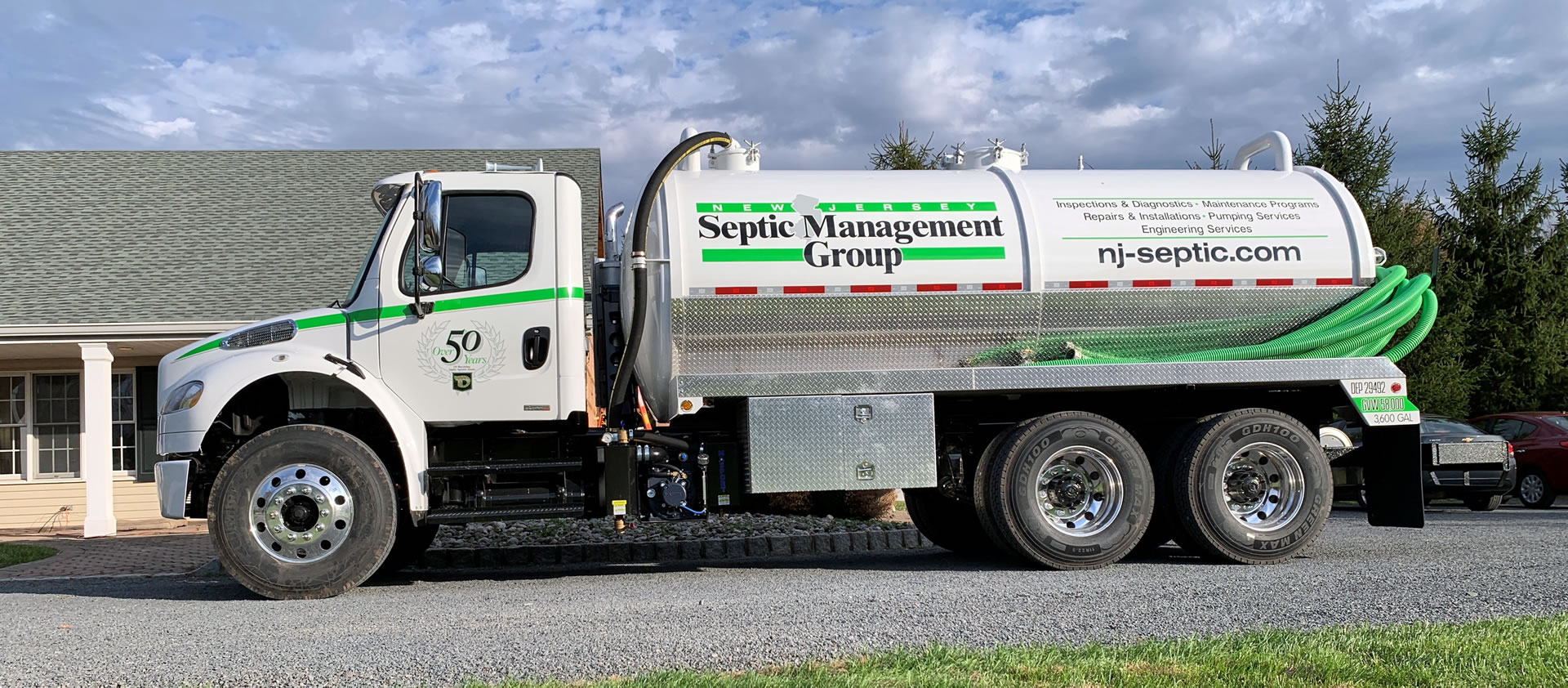Stillwell Septic And Grading - An Overview
Stillwell Septic And Grading - An Overview
Blog Article
Stillwell Septic And Grading for Beginners
Table of ContentsThe Best Strategy To Use For Stillwell Septic And GradingThe Best Guide To Stillwell Septic And GradingThe Definitive Guide to Stillwell Septic And GradingStillwell Septic And Grading Things To Know Before You BuyAn Unbiased View of Stillwell Septic And GradingAn Unbiased View of Stillwell Septic And GradingRumored Buzz on Stillwell Septic And Grading
Overall, septic storage tank installation is a complex process that needs mindful preparation and implementation. Homeowners should work with a respectable setup team and understand local guidelines and needs to make certain that their septic tank works appropriately for many years to come. After the septic system has actually been installed and linked to the drain field, it is time to backfill the area.The backfill product ought to be totally free of clods, large rocks, icy issue, and debris that can lead to voids in the backfill that might enable settling in time. Crushed rock or pea gravel 1/2-inch in size is liked if indigenous materials are not ideal. Once the backfilling is total, it is time to landscape the area.
As soon as the septic tank has actually been mounted, it is critical to test it to ensure that it is functioning correctly (Septic Installers). https://www.anyflip.com/homepage/vusta#About. Testing the system involves looking for leaks, guaranteeing that the tank is at the proper degree, and examining the drain area. One of the most usual tests performed is the hydraulic tons examination
The Ultimate Guide To Stillwell Septic And Grading
The water is then checked to guarantee that it streams correctly through the pipes and right into the drainpipe field. If the water does not flow appropriately or backs up right into the storage tank, it may show an issue with the system. An additional test that is commonly carried out is the dye test.
The dye is after that kept track of to guarantee that it moves correctly via the pipes and right into the drainpipe field. If the dye does not stream properly or shows up in the incorrect location, it might suggest an issue with the system. It is important to have a specialist carry out these tests to make sure that they are done correctly.

Not known Facts About Stillwell Septic And Grading
Right here are some necessary ideas for house owners to preserve their septic system: The ordinary household septic tank must be inspected at least every 3 years by a septic service specialist. The regularity of pumping relies on the size of the tank and the number of individuals utilizing it. http://peterjackson.mee.nu/do_you_ever_have_a_dream#c1997. A basic guideline is to pump the tank every 3 to 5 years
Making use of water-efficient components and home appliances, such as low-flow showerheads and commodes, can minimize water usage and help the septic system job extra successfully. Only flush bathroom paper and human waste down the toilet. Avoid flushing anything else, consisting of feminine hygiene items, child wipes, and cooking grease, as they can block the system.
Stillwell Septic And Grading - Truths
Septic system setup is a complex process that needs mindful planning and execution. House owners should be aware of the essential steps associated with the reference installment procedure to ensure that their septic system operates effectively and successfully. The very first step is to examine the site where the septic system will be set up.
As soon as the site has actually been assessed, the next action is to prepare for the installation. Homeowners have to ensure that their service provider is experienced in septic tank installation and will certainly function alongside them throughout the process.
Get This Report about Stillwell Septic And Grading

House owners need to recognize the necessary steps entailed in the installment process to guarantee that their septic system works properly and efficiently. By complying with these steps and keeping their system, home owners can feel confident that their septic system will certainly give reputable wastewater treatment for years to come.
Virtually one in 5 U.S. homes have septic tanks. Yours might be among them. If you're not appropriately maintaining your septic tank, you're not just hurting the setting, you're putting your household's wellness at riskand may be flushing countless dollars down the drain! Do Your Component, Be SepticSmart: The Do's and Do n'ts of Your Septic System.
Our Stillwell Septic And Grading Diaries

All that additional water can actually strain your septic system. This can be helpful specifically if your system has not been pumped in a long time.
Not known Facts About Stillwell Septic And Grading
Know your system's area. When you have the storage tank pumped, draw a diagram or map revealing its place in connection to dealt with points - edges of the residence, actions, or fence messages.
Minimize the quantity of wastewater that must be dealt with and disposed of by your system: Wash no more than one or two tons of garments daily. Up to 53 gallons of water flood your septic system with each load, so it's ideal to spread out laundry out over the week.
Report this page